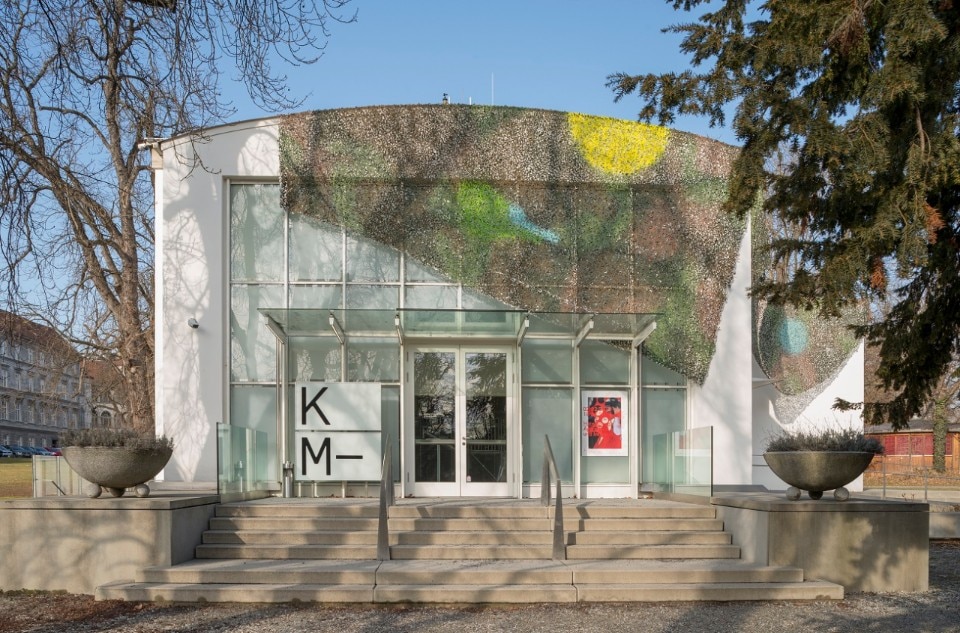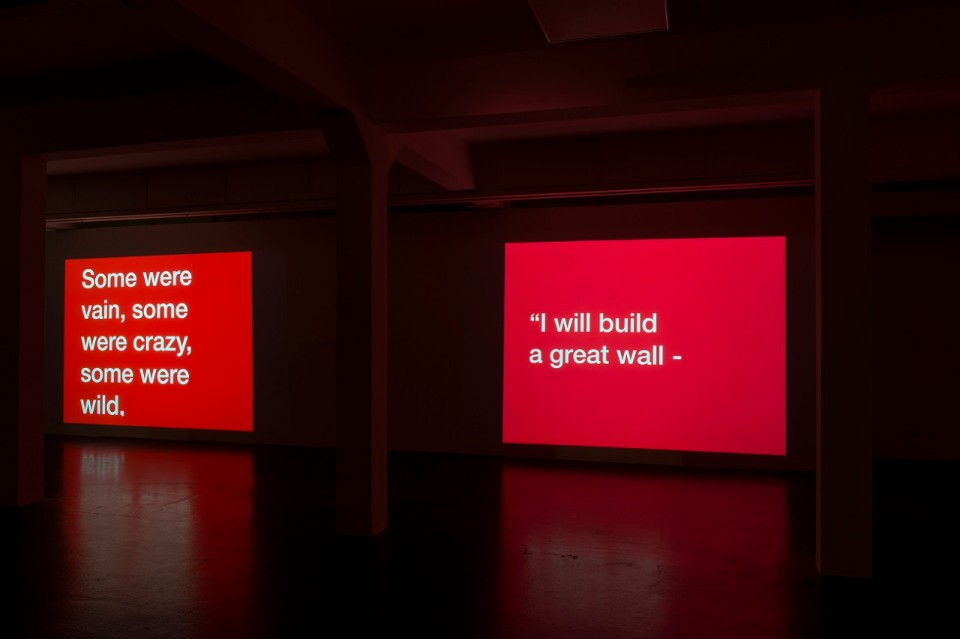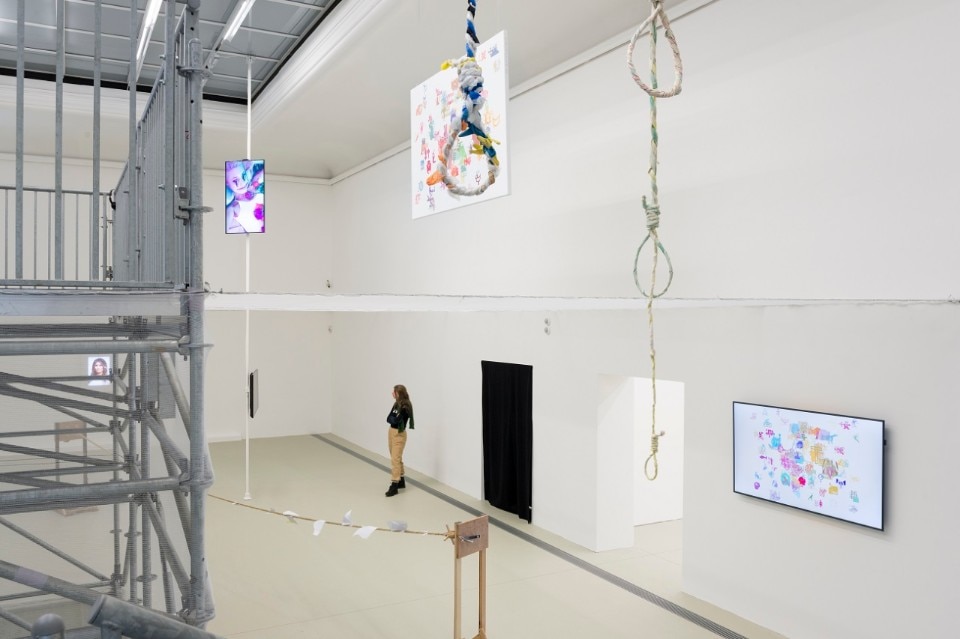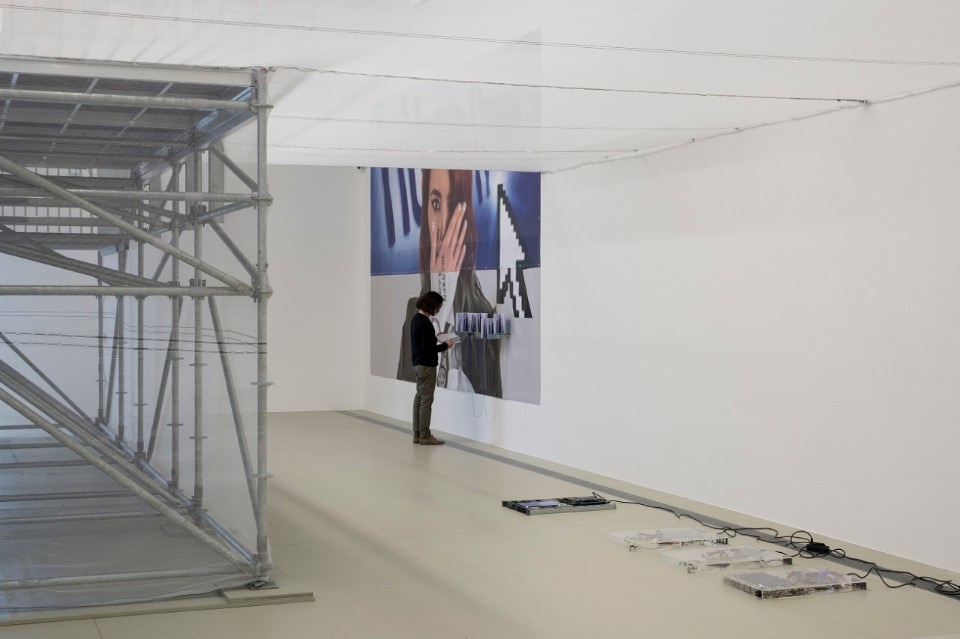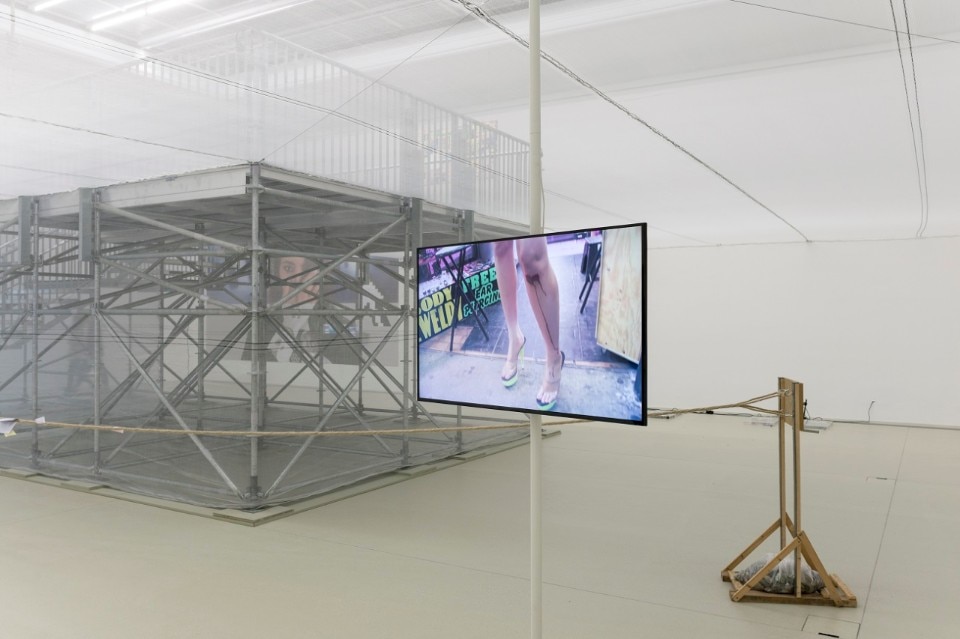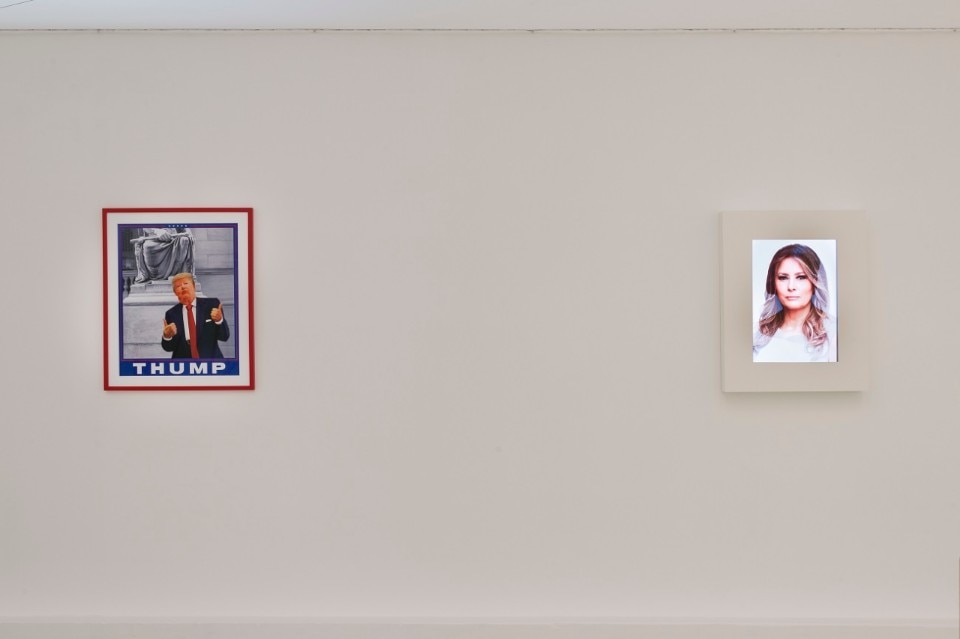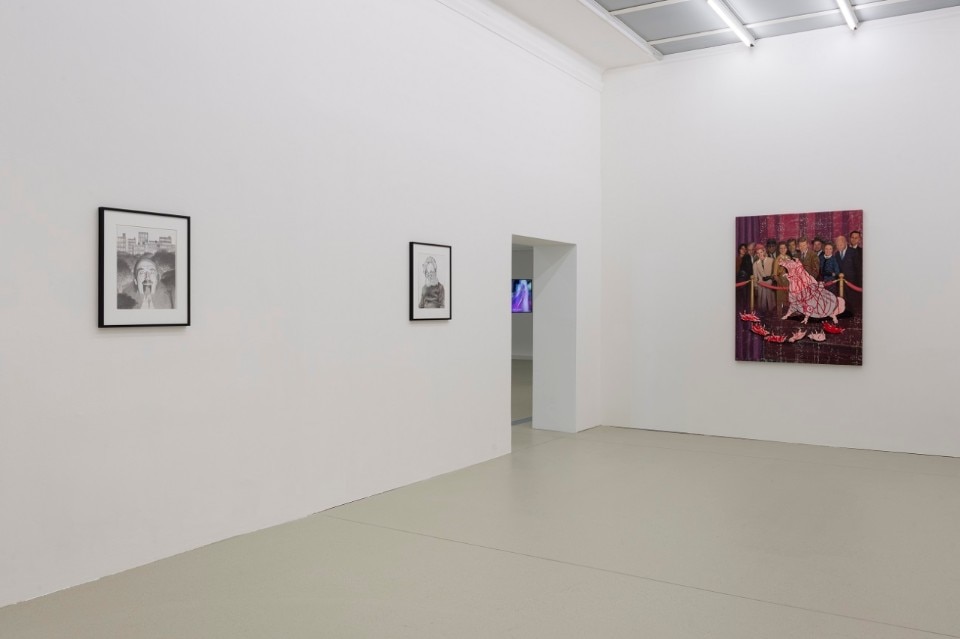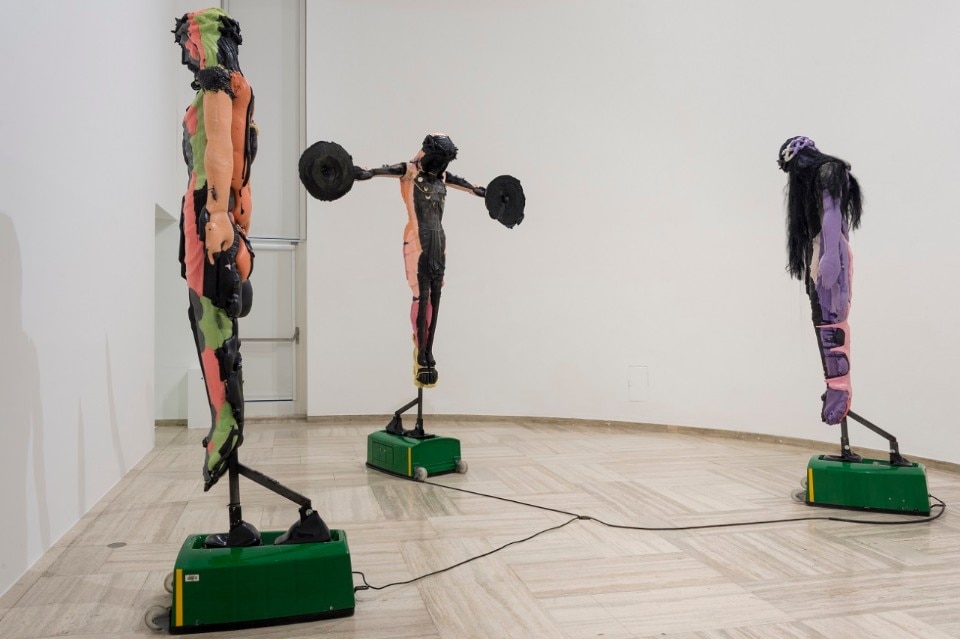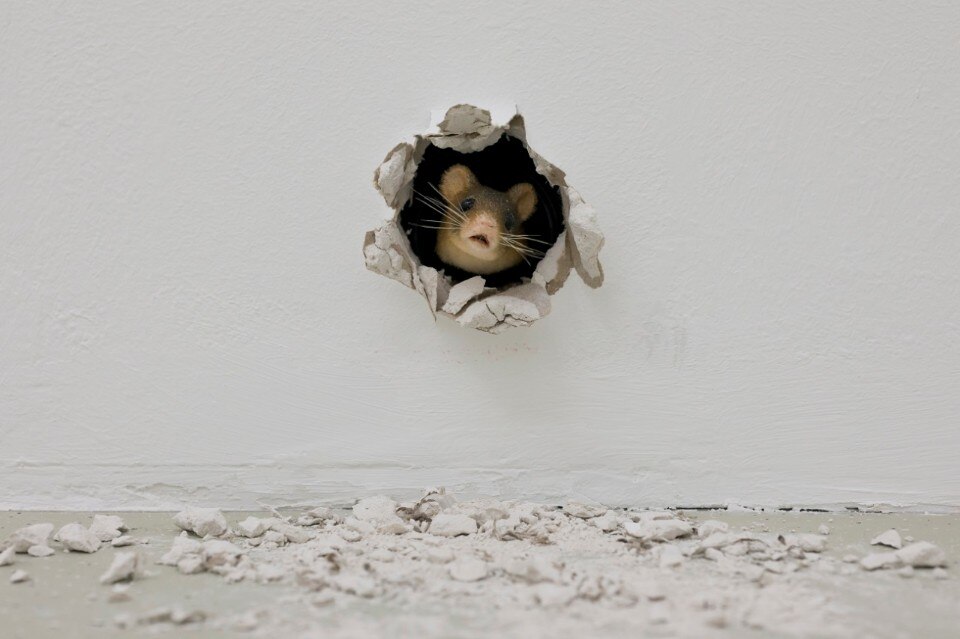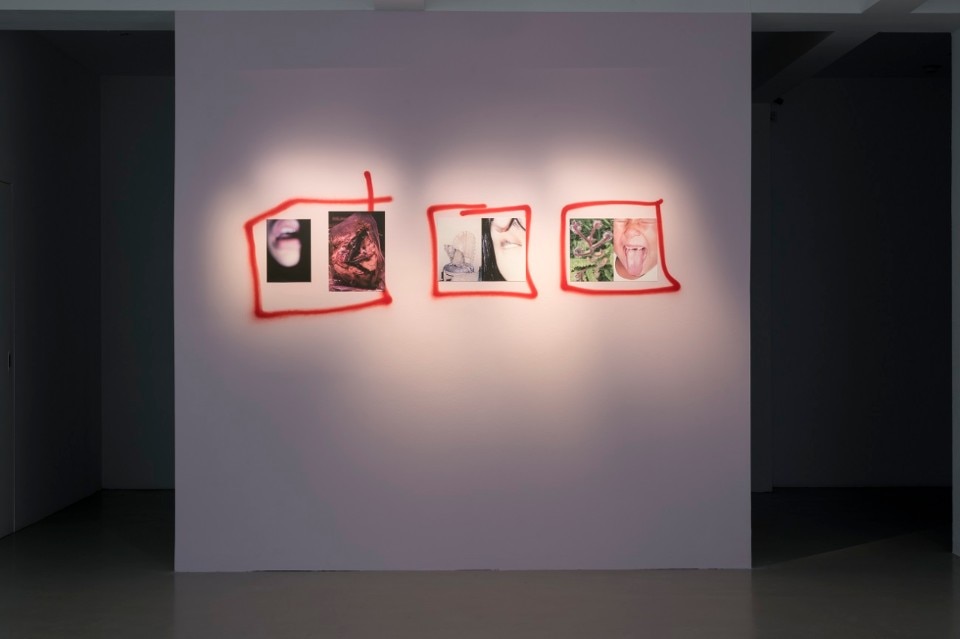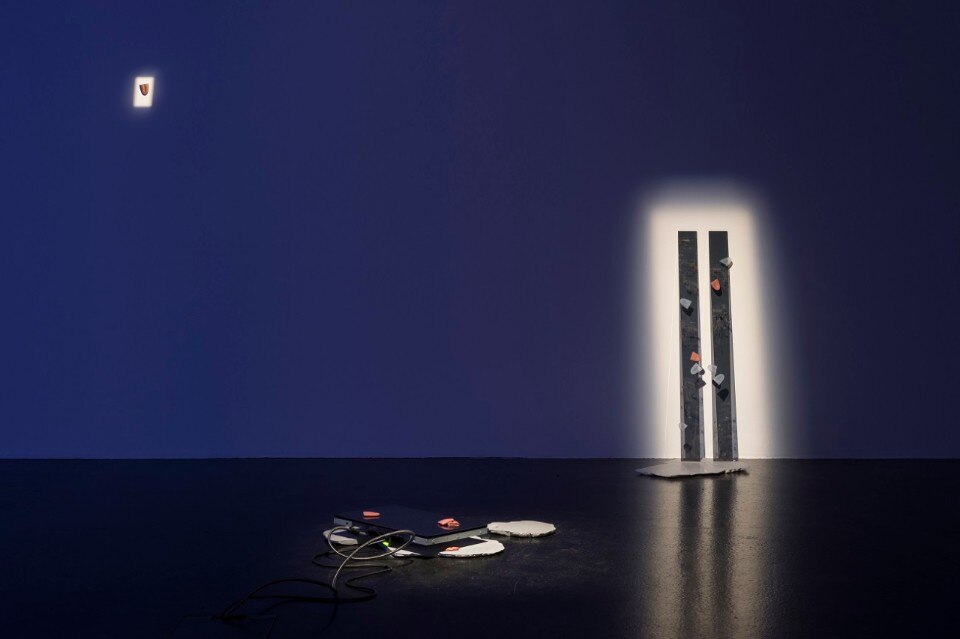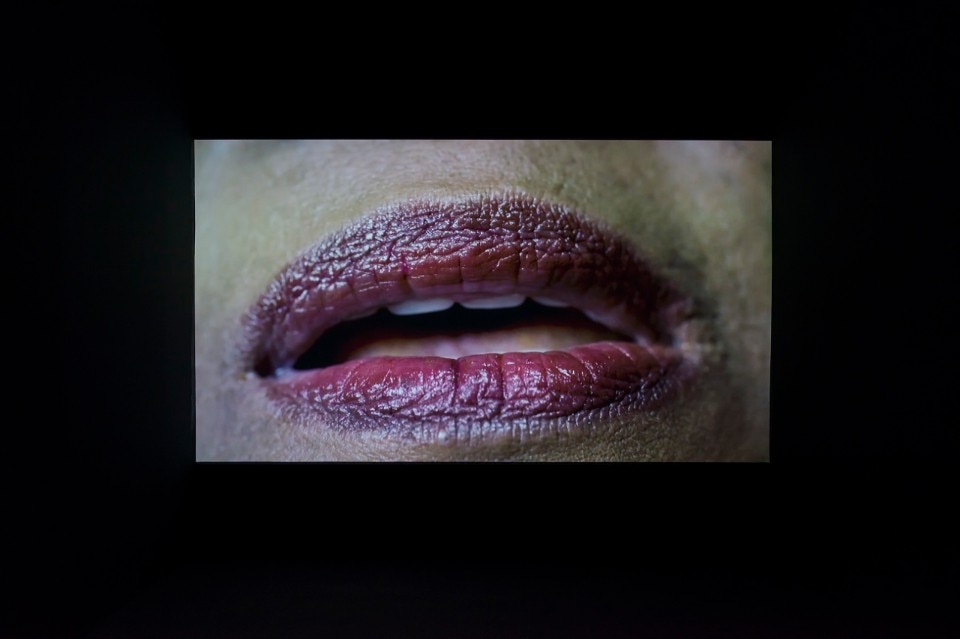Thomas Baumann, Candice Breitz, Elena Aya Bundurakis, Tony Cokes, Petra Cortright, Folkert de Jong, Verena Dengler, Ryan Gander, Yuri Pattison, Signe Pierce,Jim Shaw, Gunther Skreiner, Markus Sworcik, Amalia Ulman, Martha Wilson and Joseph Zehrer are the engaged protagonists of one of the most intense Austrian group show realized in the last three years: Hate Speech: Aggression and Intimacy, curated by Sandro Droschl.
The Künstlerhaus, Halle für Kunst & Medien (KM–), brings together a group of sixteen international artists to examine the recent multidisciplinary turn towards haters by focusing on art works that explore how messages are shaped, modified, or affected by the intensity of their interaction with people.
Many contemporary artists engage with modes of address and content that is tethered to affect, yet at the same eschew sentimentality and expressivity. The exhibition presents works that variously investigate our intimate relationships with public speech; works that act as vehicles for affective engagement or transactions of messages, including objects that carry the traces of things we can’t see but have to trust, intuit, or perceive in ways that are not related to vision or hearing; and works that are engaged with actions of negative and positive reciprocity, trust, intimacy, or hate.
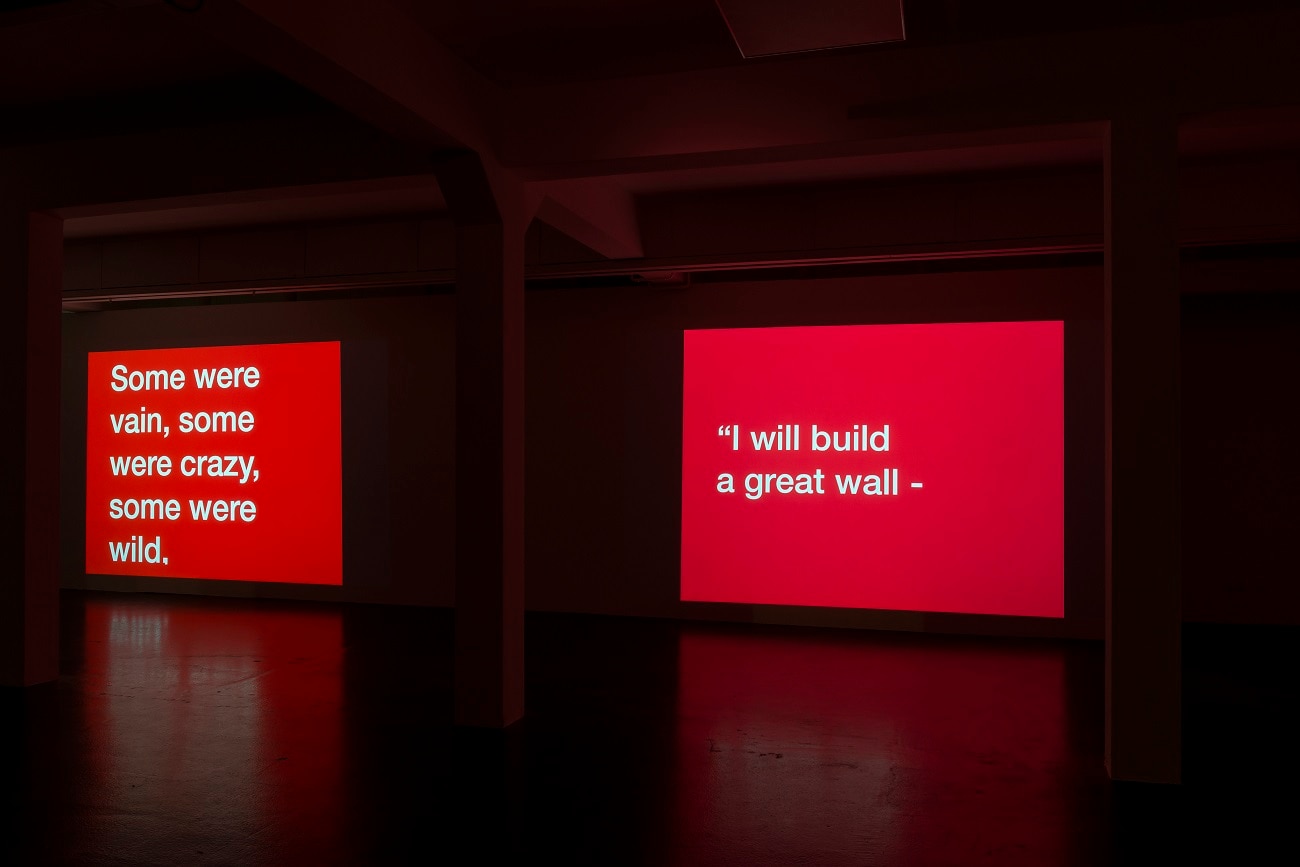
The exhibition contrasts this with critical examples in order to actively support the high value of free discussion and thus also democratic opinion-making within public civil society.
The project is conceived as a contribution to collaborative discussion and pursues the goal of heightening sensitivity and consciousness for the virtual, public, and private space of opinion-making. Since its beginning Hate Speech: Aggression and Intimacy arises to hide and hides to arise.
On the facade, Thomas Baumann makes the Künstlerhaus disappearing under a huge camouflage net. Paint Balls – Shots of Reflections (2010) inverts the original purpose of camouflage into its opposite. Instead of covering, the net serves to highlight: bright spots of colour overlay the surface and de-camouflage the building. In the hall, three hangman’s noose of newspaper, plastic bags, gloves, acrylic and lathe by Joseph Zehrer compose the work group titled Egoplastik (2018/19).
From the floodlit ceiling, this uncanny installation, as a form of social sculpture, shows also a fourth noose with components taken from wastepaper baskets in the Künstlerhaus venue, created by the exhibition visitors with the help of Künstlerhaus staff.
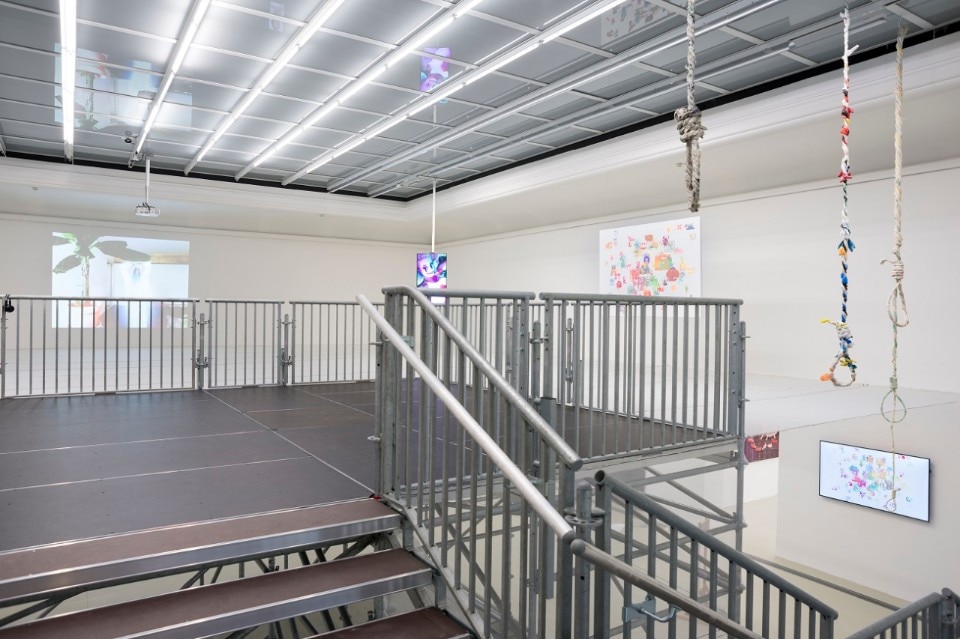
In a narrowest room aside, the most incisive and recent artworks of Hate Speech: Aggression and Intimacy belong to the American artist Jim Shaw (Tragedy Display, 2018; Study for “Gate of Hell”, 2018; Study for “Official Portrait#3 (Pillars of Society)”, 2018; and Study for “I’ve Got Your Back”, 2018). Those works on the walls offer a sardonic commentary on the politics of Trumps administration.
Pursuant to Shaw’s characteristic style, the drawings, paintings, and collages reflect a broad spectrum of socio-political, art-historical, and pop-cultural references. In Tragedy Display (2018), for instance, a right-wing populist stage hog suffers the social-media death of our day and age before the eyes of famous personalities from the past, such as Jackie and John F. Kennedy.
On the second floor, a Signe Pierce’s video dominates the darkness. Photoshop (2017), a video originally shot with the camera of a smartphone, which was subsequently distorted with the eponymous editing program, shows her painting a grotesque self-image and touches on cyberfeminism. Photoshop here represents a sort of recall for another film, set on the ground-floor, American Reflexxx (2015) her most renowned piece to date and has already accrued 1.7 million clicks on the Internet platform YouTube, capturing the sometimes disturbing verbal insults and aggressive physical reactions of the visitors.
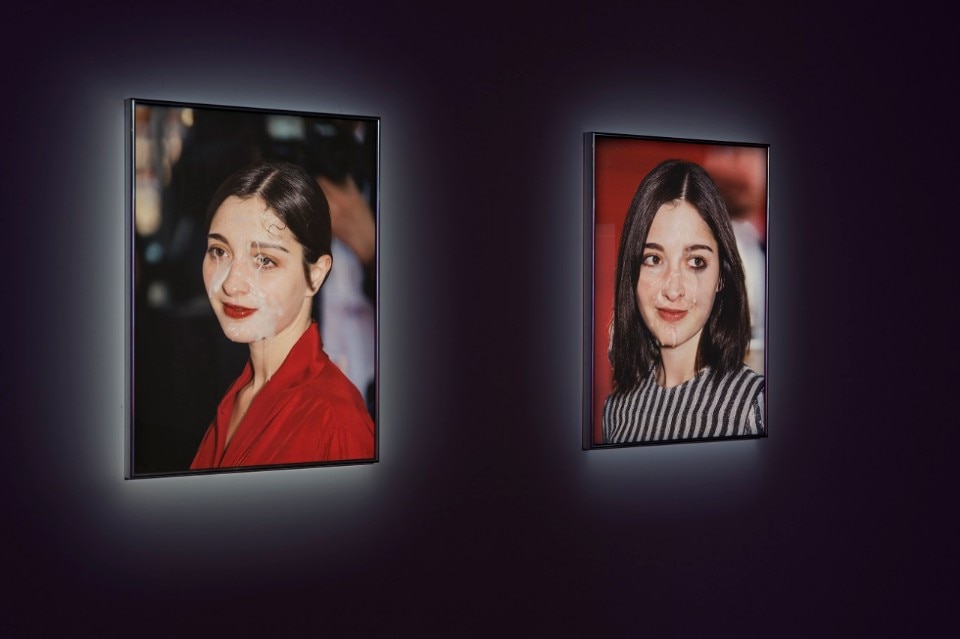
On the third floor, Tony Cokes statements and Amalia Ulman’s photo emerges from an empty darkened hall. Cokes’ Evil series (Evil.66.1 (DT.sketch.1.8), 2016; Evil.66.2 (DT.sketch.2.7), 2016) is a project running since 2001 and it’s devoted to the US war against terrorism and scrutinizes the related coverage by the mass media.
Cokes—who has attained international renown through his video works, which combine animated texts, monochrome foils, and pop music—does not unveil any hitherto unknown and sensational facts in his Evil series. Instead, he presents to his audience the monstrosity of that which is already in the public domain yet has remained unheeded. For Evil.66.1 (DT.sketch.1.8) the artist compiled lurid quotes by Donald Trump—found in the media prior to the 2016 United States presidential election—to create a text collage on the topic of bigotry, and most especially misogyny.
Right in front, on the opposite side of the hall, the net artist Amalia Ulman thematically explores in her artwork contemporary discourses related to hierarchy, class, and sexuality. The work series Dignity (2017) by the Argentinian artist goes back to her Instagram performance Privilege (2016).
The narrative involving a pregnant office worker sheds light on the correlations between power, gender, and racism in the workplace in relation to the author’s position as a practicing artist. In the four exhibited high-gloss photographs, Ulman is pictured with a white fluid on her face, calling to mind ejaculated semen, and is staged like a celebrity against the backdrop of a red carpet.
Censorship and the publicness of aggression and intimacy are at the centre of the juxtaposition of these two work cycles, one of which is covered by a perforated red display.
- Exhibition Title:
- Hate Speech: Aggression and Intimacy
- Opening dates:
- From February 02 to April 18, 2019
- Curated by:
- Sandro Droschl
- Venue:
- Künstlerhaus Halle für Kunst & Medien
- Address:
- Burgring 2, Graz, Austria


